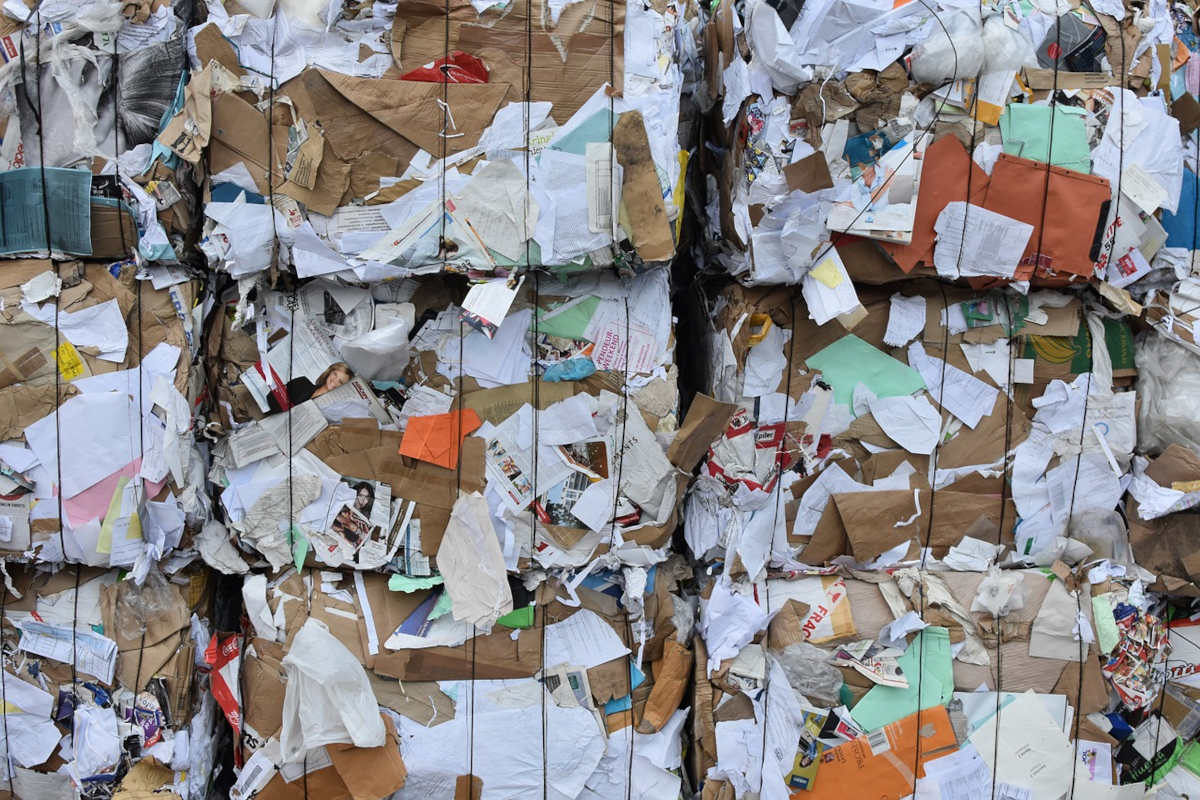Why is recycling paper so important? The benefits to be known

The paper is one of the most widely used materials in human history, a truly crucial element in the evolution of society. Since ancient times, paper-based media have made it possible to transmit information and pass on knowledge over time.
Even though digital media have become established in communication and information storage today, paper still remains an essential element in everyday life. Therefore, it is important to make sure that we always have some on hand, impacting the environment as little as possible through extensive recycling practices.
How does paper recycling work?
Newspapers, books, magazines, boxes, and cardboard can be recovered and brought to new life, so as to reduce the already huge amount of waste that has to be destroyed, without bringing any benefit to the environment. Through the practice of recycling, paper and cardboard can be transformed into other useful products such as packaging and transport containers, furniture, new writing paper, and to reduce the demand for new materials.
Paper is itself part of trees, living things, so the more we recycle, the more trees we save, contributing to the well-being of the planet and its occupants. Producing new paper costs more than recycled paper and releases more CO2 and other pollutants.
When paper products are deposited in their intended containers, they are transported to sorting plants where they undergo activities to reduce the impurities present (plastic remnants, metal…) so as to transmit pure material to the paper mill. The contents are mixed with water in huge tanks where, through a pulper, they are “whipped” to the point where they reach the state of a fibrous slime. After that, a treatment takes place to remove the remaining non-recyclable elements and ink, glazes and varnishes.
The resulting paper, mixed with other elements, is left to dry, then collected in large reels and sent to paper mills or printing houses for use in production processes.
It is estimated that paper can be recycled up to seven times, although this value varies depending on the quality of the material in question. Depending on the durability and strength of the material, one could abstractly achieve up to 25 times recovery. This value may vary depending on the quality of separation of materials, which is why it is necessary to operate an optimal separate collection. Types of paper that cannot be recycled are: greaseproof paper, baking paper (that is not compostable clean), butter paper, handkerchiefs, napkins, sandpaper, laminated paper, dirty paper, and paper tape. Waste must be delivered clean and free of any plastic containers used to transport it. Each municipality also has special rules regarding paper recycling collection.
Why is paper so important to recycle?
Paper was once very complex to produce, both because of the supply and the processing and energy required.
Over time, a greater awareness of the impact of industrial production on nature and the concept of circular economy took over, which also affected paper and paperboard production. Producing one ton of paper consumes 15 trees and 440,000 liters of water and 7,500 kW of electricity, while recycling prevents the remnants of paper materials from ending up in the mass of landfill waste destined for destruction.
This generates a beneficial circle for both companies (which can obtain material for production at a lower cost) and the environment (reducing the mass of waste to be disposed of).
Recycling paper, cardboard and cardboard provides useful materials for manufacturing:
– stationery
– packing cartons
– transport container
– publications
– cards
– desk items, etc.
Why does it pay to recycle paper?
Paper is a crucial resource for supporting the production and work needs of everyday life. The adoption of recyclable elements has given great support to the packaging industry: just think that recycling one ton of newsprint dispenses with about one ton of wood!
Recycling is a very beneficial practice both economically and environmentally. From the paper brought back to life, additional material is obtained that can be used as packaging board as well as cellulose fibers in bio construction. Thanks to the 150-degree process, pathogens and microorganisms can be destroyed.
Papermaking is not a very simple procedure. It takes several steps to make the finished product from pulp, whereas it is much easier for recycled pulp. Not to mention saving electricity and water and of course trees. Paper recycling results in a 74% reduction in air pollution and a 35% reduction in water pollution.
Separate collection enables the recovery of raw materials to support the paper industry. Techniques for processing recycled material result in paper and paperboard products that are of excellent quality, valuable and cost-effective.